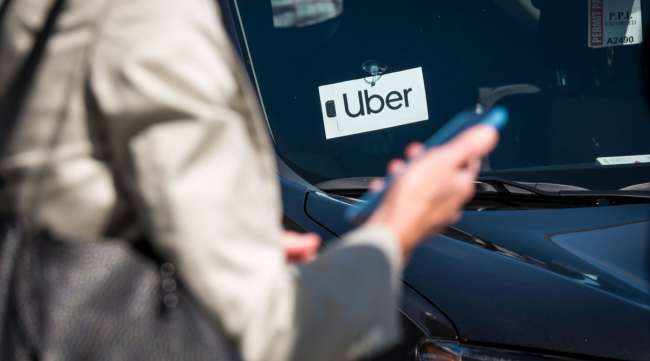Bloomberg News
Uber Tests Letting Some California Drivers Set Their Own Fares

[Stay on top of transportation news: Get TTNews in your inbox.]
Uber Technologies Inc. is allowing some drivers in California to set their own rates, an effort to bolster the company’s argument that they’re independent workers and not employees.
The feature is being tested across some airport routes “to preserve flexible work” for California drivers, a spokesman said. It’s the company’s latest tweak in response to Assembly Bill 5, which went into effect Jan. 1 and seeks to reclassify gig-economy workers as employees, entitled to benefits like sick days, and not independent contractors. Earlier this month, Uber tweaked the driver app to end flat-surge pricing, remove penalties for rejecting trips and display how much drivers can make on each trip.
Drivers at Santa Barbara, Sacramento and Palm Springs airports will be able to increase their fares in 10% increments, to as much as five times the normal rate. Uber will refine the feature in the coming weeks and, depending on the test results, could deploy it more broadly in the months ahead, the person said. The Wall Street Journal earlier reported on the fare test.
California’s new labor law could upend the multibillion-dollar operations built by Uber and other companies by leveraging on-demand labor. Uber, Lyft Inc., DoorDash Inc. and Postmates Inc. are championing a California ballot initiative to repeal the law while guaranteeing a minimum pay of $21 an hour and granting some benefits to drivers.
Uber and Lyft analysts have flagged the law as an existential threat to the companies’ business models, citing costs that could increase by as much as 30%.
Lyft President John Zimmer declined to comment on whether his company would emulate Uber’s move to allow drivers to set their own prices.
“What’s happening in California is a big opportunity to think about how to combine the benefits of this new type of work with benefits that workers deserve,” he said in an interview on Bloomberg Television. “So we’re navigating that.”
Want more news? Listen to today's daily briefing:




